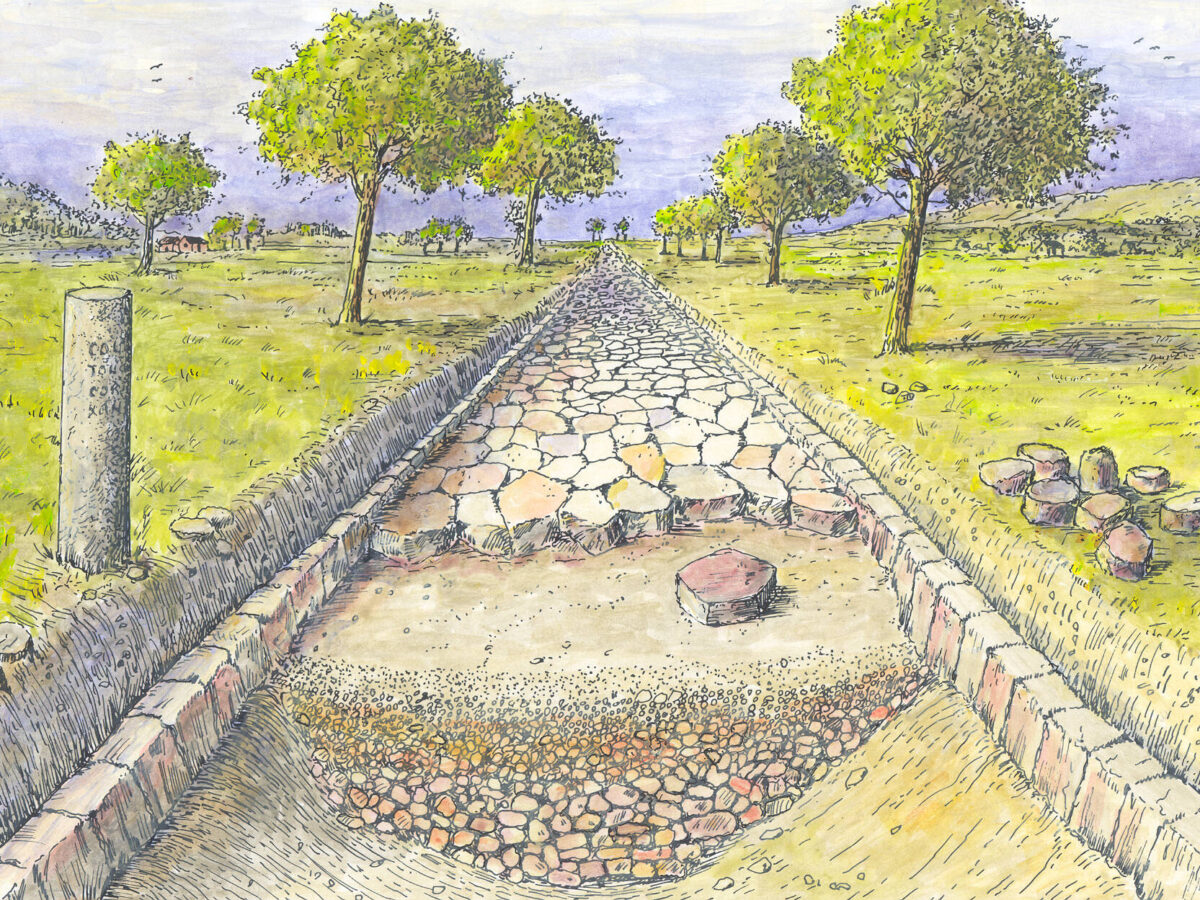She Wrote the Life Stories of Lucius & Co for the Lux Festival
Author: Harry Lindelauf
Photography: Anja Neskens en Submedia
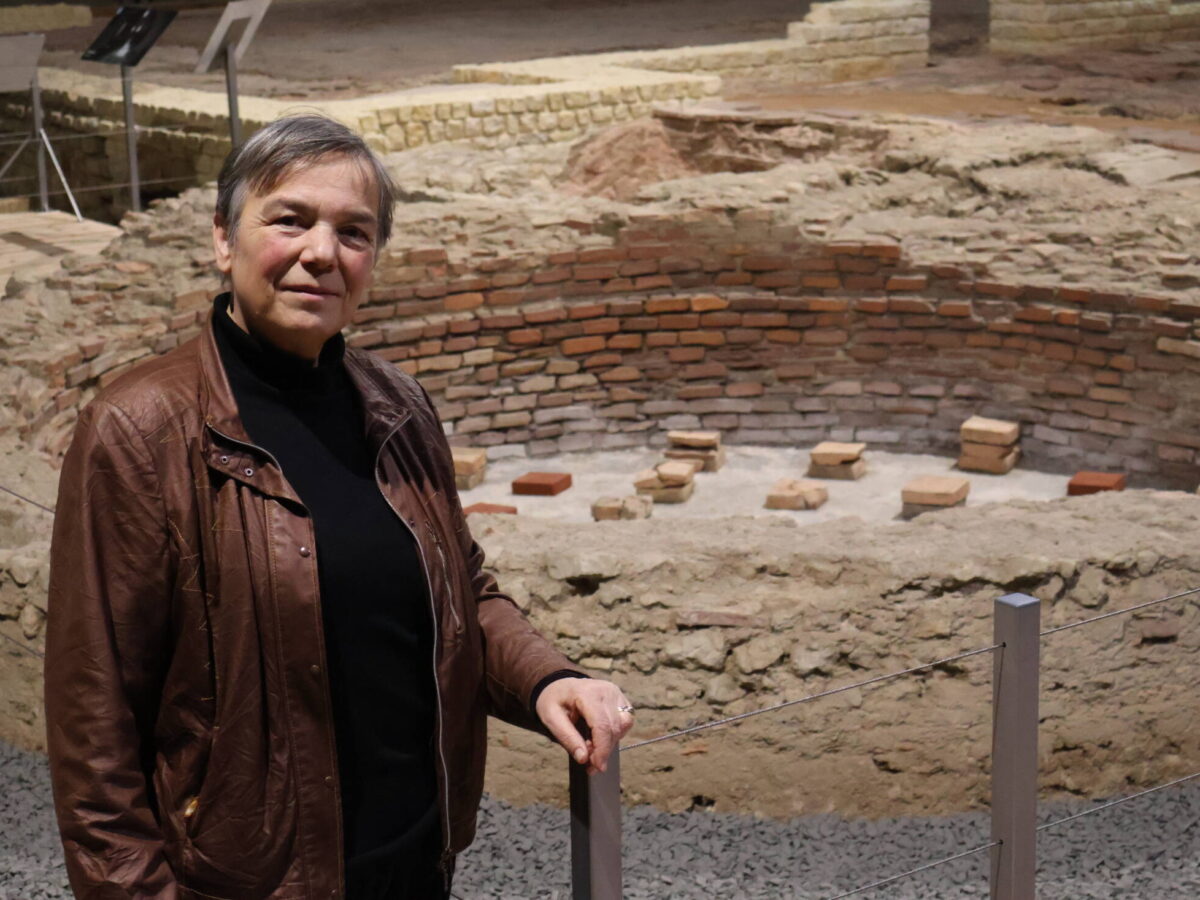
The Lux Light Festival in December 2023 and January 2024 was a great success, drawing 2,604 visitors.
The main success factor turned out to be the stories of the characters about their lives in Roman times.
These stories were written by Béatrice de Fraiture — historically accurate, sometimes humorous, and always meaningful.
In May 2023, archaeologist Béatrice de Fraiture from Maastricht was commissioned to write these life stories.
She began by studying the 36 individuals from the Roman era whose names are known and who lived in South Limburg.
She researched what is known about each person and whether they could be linked to archaeological sites. From this body of research, she selected eight unique individuals — Romans, Batavians, Germans, and Gauls — each with a fascinating story centred around a theme such as agriculture, religion, pottery, social life, or trade.
In addition to historical research, Béatrice consulted with municipalities about the theme each wanted to highlight, and whether they agreed with the character designed on the basis of both archaeological finds and that theme. “We agreed that we would build a bridge to the present. The municipalities could thus show what distinguishes them today, especially in terms of tourism.”

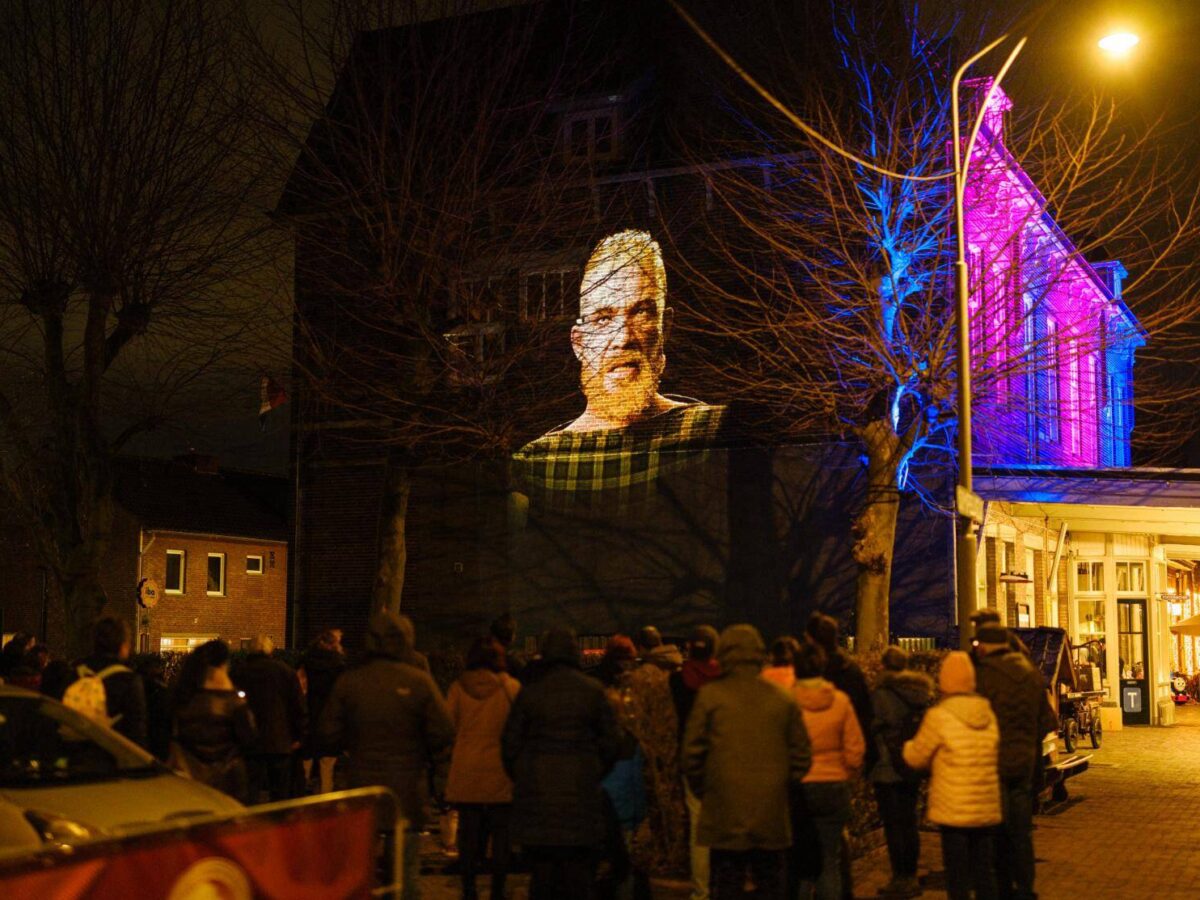
A Broad Religious Foundation
With all that information, Béatrice began to write.
The eight characters are each based on authentic finds and actual find sites.
For example, Lucius the potter from Coriovallum (Heerlen) — now immortalised with his jug for Amaka in the Canon of the Netherlands.
Of course, everything is historically sound, but there is more to the texts.
Each character symbolically represents the municipality they belong to.
For Meerssen, the goddess Minerva embodies the town’s historical and diverse (Christian and Jewish) religious foundation — an easy choice for Béatrice, since parts of a Minerva figurine were found in Bunde, part of the municipality of Meerssen.
Mixed and Free
For Simpelveld and Bocholtz, after some thought, the choice fell on Julius, a Batavian and veteran of the Roman army who retired in the Bocholtz area. “I wanted to show that there was already a mixed society back then. And in Meerssen, with the choice of Minerva and the many other gods of the Roman era, you can also see a reference to religious freedom.”
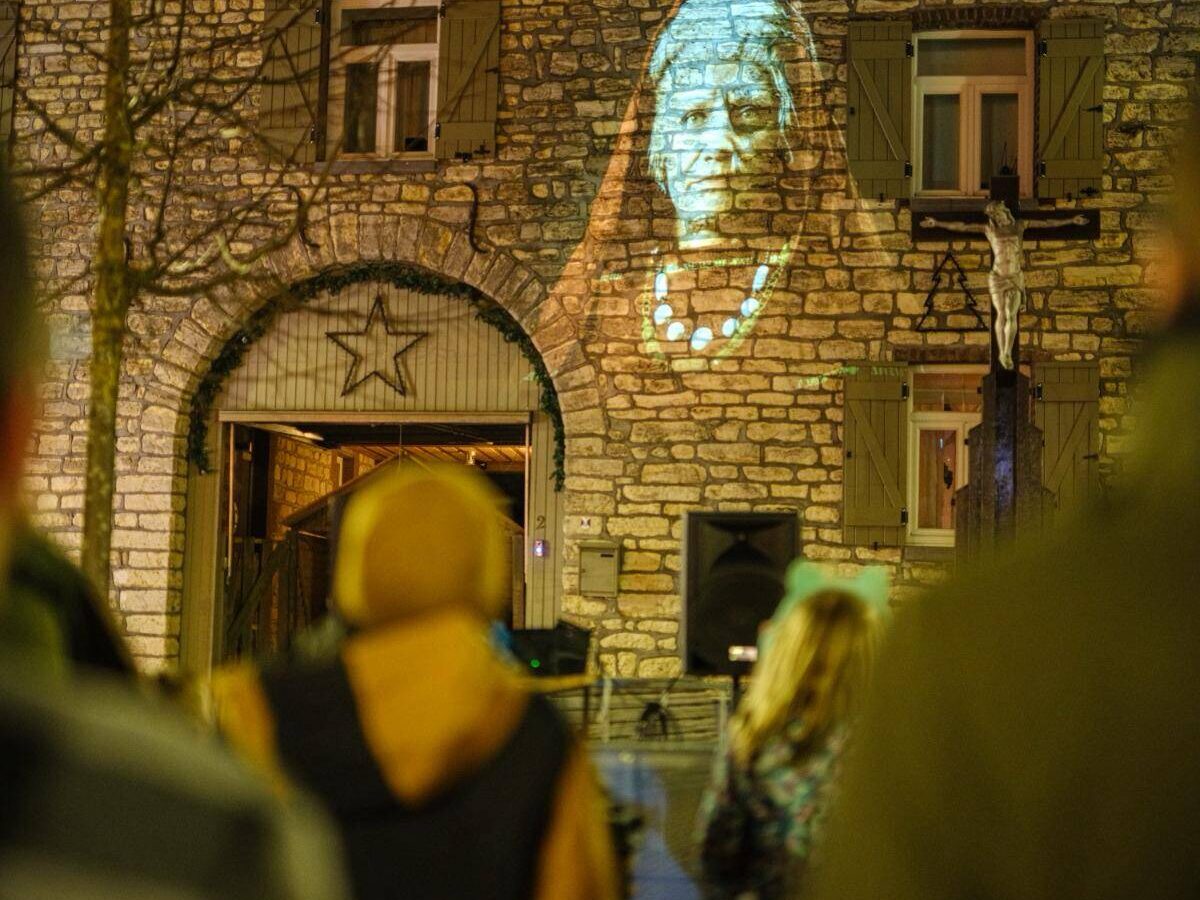
“A Joy to Write”
For Maastricht, Béatrice chose the story of Servatus, a wine merchant originally from Gaul.“I portrayed him as someone who enjoys life and sees opportunity everywhere. His profession as a wine trader from the Rhône Valley is no coincidence — for me, it symbolises the international and Burgundian character of Maastricht. It was great fun to write.”
Notably, all the stories were spoken in Dutch, but Servatus speaks Maastricht dialect. “The voice actor translated my original Dutch text into Maastricht dialect himself,” Béatrice says.
As a joke, she has Servatus express the wish that his name will live on in Maastricht long after his death.
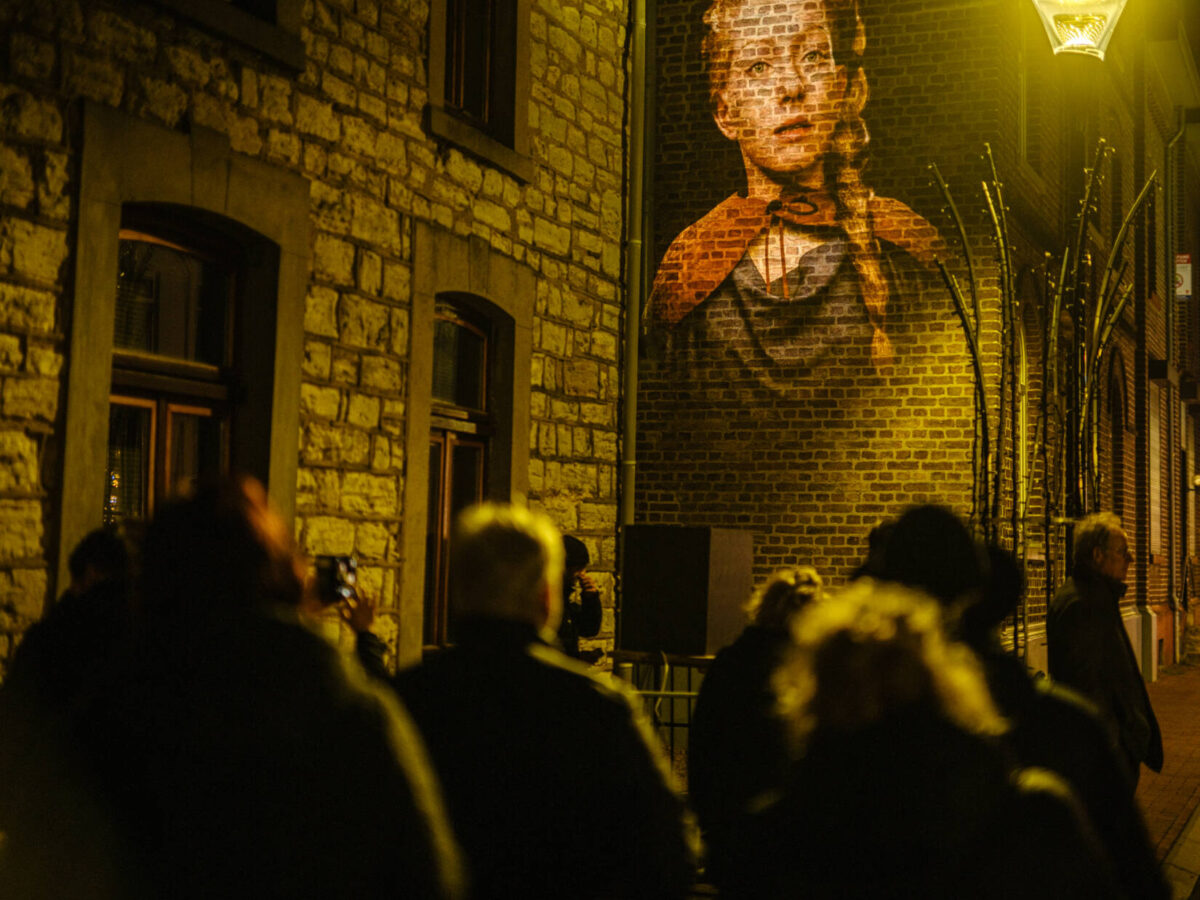
Emma Kok and the WMC
A story with a modern undertone features a young woman from a small farming settlement in Kerkrade Maar-West (now the site of a McDonald’s).
Between her work in the fields, she dreams of becoming a singer — a nod to the meteoric rise of Emma Kok from Kerkrade.
The “singing farmer’s daughter” is also a tribute to the home city of the World Music Contest (WMC).
All the stories are set in the distant past, yet the language is not archaic. “Sometimes I deliberately choose modern expressions,” Béatrice says. “Julius from Bocholtz says: ‘I live here in a five-star landscape.’ It’s a playful wink to the promotional language used in tourist brochures.”
A Small Screen
After months of research, consultation, and writing, 28 December finally arrived for Béatrice in Maastricht. She was unable to attend the premiere in Meerssen, but in her own city, she saw the final result for the first time. “While you’re working on it, you only see the videos on a small screen. I went with my two sons, both in their thirties, to see it in Maastricht and later in Valkenburg. There, seeing it larger than life, I could truly experience it as a visitor. Yes, it was a wonderful project. On one hand, you’re sharing knowledge, but you also have to be very creative. That made it both exciting and great fun. Sometimes I heard the audience chuckling at my jokes — that’s when I knew I had achieved my goal: capturing attention and conveying information through amusement.”

The new approach, in which characters tell their own stories, will be continued. The first step is a new series of texts for the Via Belgica walking routes. The new Roman Museum being developed in Heerlen will also adopt this method.
“On one hand, you share knowledge — but you must also be creative. That’s what made it exciting and so enjoyable for me.”— Béatrice de Fraiture

